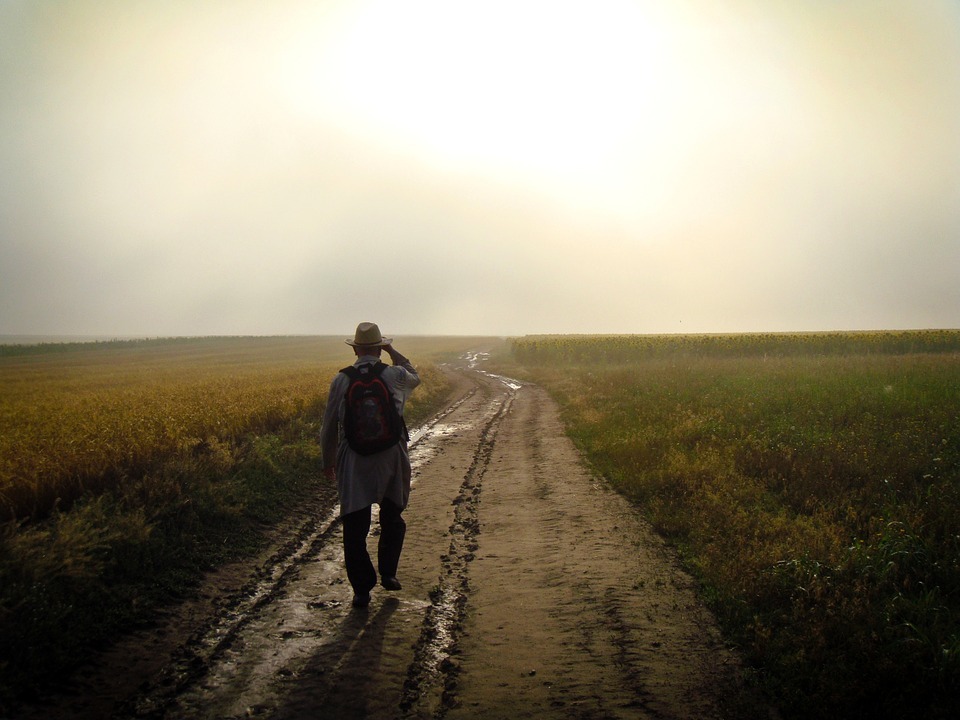The human body is a wonder of nature. But we’re not here to discuss claustrophobic insides of a human body. Let’s just leave that to the surgeons. But this human body possesses some of the best resources upon which the world as a whole has been governed.
For example, the brain has been the force behind countless inventions, invasions, and even many unknown feats. Back in the early ages when the people were confined to their countryside, only tradesmen had the opportunity to go beyond their boundaries.

This traveling culture would nurture the relationship status between two or more kingdoms hailing from different states. Allies would be made and trade would flourish between the two parties.
It was at this period of time when global voyages were the talk of the crowd. People would fascinate visiting different places and feasting their eyes with beautiful landscapes. Thus, voyages in the earlier times were given much preference and had their place cemented in art and literature.
But as technology grew, people’s perception regarding traveling started to change. It became a means of visiting different cultures and making friends with new people. From Ferdinand Magellan’s journey around the world to Christopher Columbus’s discovery of America, traveling has done wonders for this planet and its people.
But what does Fast and Slow travel mean to the reader who has never been out of his/her nation? Let’s jump into the matter headlong, shall we?
Fast Travel
As we discussed above, the importance of traveling in the past had yielded serious results and even gave us new places to live. Travelling has changed a lot since then, gone are the days when people used to travel for either trade or some other orthodox purpose.
Traveling in this era means visiting different places and knowing the differences between the tourist’s and the denizen’s nation or state. Fast travel is a concept of traveling which deals with visiting multiple places or states within a short span of time, this could be a month or in some cases even a week. The participants of such traveling experience often have a strict schedule due to which they tend to travel a lot faster than the usual traveler.
Benefits
-
Fast access to different places
Travelers often enjoy visiting more and more places in a short period of time. This is good for those who have a strict holiday vacation or the ones who cannot lose a bigger chunk of their working calendar to vacations. It is swift and provides with the same services as the ones given to the traveler in the slow travel model.
-
Isn’t boring
Studies suggest the fact that an ideal staying time for any destination is not more than a week. Failing this criterion, the traveler might start to feel a bit bored, especially by staying in a hotel for a longer period of time. Fast traveling eliminates this condition as you are always on the go. This makes the experience fresh and long lasting. Plus, it gives you good memories.
Slow Travel
Slow travel module is made for those who want to feel the essence of every place to the last bit. In simpler words slow travel enables the traveler to see and feel the historical as well as the cultural significance of a place.
This is suited for the ones who have a longer vacation planned ahead and also for the ones who have a decent budget for their vacations. Such a travel module is mostly used by families and individuals who are done with their regular boring lives and want to escape that pace.
Slow travel also helps people in knowing the history of any given place, this is often beneficial for research-oriented students.
Benefits
-
Let’s you immerse
Slow travel demands the attention of those who want to seek peace as well as knowledge. It allows the traveler to immerse him/herself to the surroundings hence eliminating the cultural differences in between. It doesn’t discriminate between races as well, therefore, one can see through the eyes of an individual who lives in that state or nation. It is also beneficial for research purposes and historical knowledge attainment.
-
Let’s you rest
Travelling isn’t an easy thing, visiting different places and doing something different from the set of daily activities is a tiring thing. That’s why people stay in hotels and inns. While constant traveling in fast travel model might invite fatigue to the body of the traveler, the same cannot be said about the slow travel model as it provides a balanced ratio of exploration and rest. One could explore as much as possible in the day time and have a relaxing nap in the night. Blissful indeed.
While most of the arguments made in favor of either fast or slow travel tell us about their numerous benefits. Sometimes it also dawns upon the traveler him/herself as to how he/she manages the things.
Fast travel might be good for the younger population who wants to experience more in less amount of time. But it also screens the blissful nature of experiencing the aura of that place and could possibly remain a mere photograph in a Smartphone.
Fast travel is also a bit heavy on the wallet as you are constantly using one or the other means of transport. On the other hand, slow travel might be more bliss or knowledge focused but it might seem to be a bit boring for some who do not have a good taste for history.
But for the most part, slow travel is considered to be the go-to travel module by most of the travelers. There is only one way to find it out, pack your bags, point your destination on the map and fly away. Also, If you are low on cash you can prefer to travel slow.
Read Tips to travel during monsoon season
Read The Art of Slow Travel









